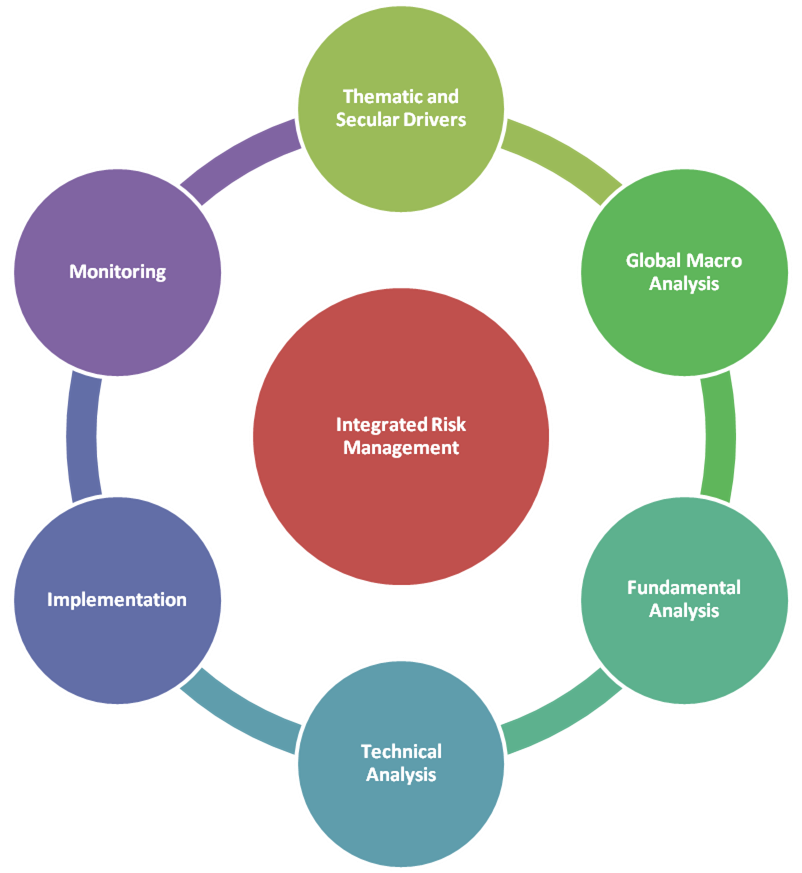Investment Objectives
Post on: 11 Апрель, 2015 No Comment

There are specific goals or objectives that investors pursue predominantly when starting or reviewing a portfolio; given the circumstances, we could also prefer to sacrifice profitability for security or diversification, or diversify to diminish exchange risk, amongst many other investing reasons.
The most important specific objectives to consider are:
- Security. Profitability. Diversification. Terms. Exchange risk. Liquidity. Taxes. Others.
Security.- This is the essential and most important objective that should be always sought when making an investment (of any kind); in every moment the goal has to be to preserve the original capital in time. I.e. the most important thing is being careful of never losing even a fraction of the initial capital. This is the difference between a serious investment and a fund speculation.
Profitability (also known as yield or return).- This is defined as capital revenue or asset revaluation when performing (selling) the investment. Within investment profitability we also have to consider utility or profit produced in time; for example, the interest gained by investments made at a fixed rent during every period the saving instruments were renewed, or all the cash dividends delivered by share holdings, or rents from estates, to mention some.
In the case of artwork, collectibles, metals in coins, ingots, gold certificates, etc. profitability is only given by increased sales price when selling (revaluation), except in very special cases in which one of these objects has been leased to a museum or art gallery.
Now, as it has been mentioned before, every investments yield is completely linked to the risk it implies. About this we should consider another investment golden rule:
The higher the risk ==> larger profit
About desired investment yield, we should be extremely precise when deciding the yield expectation we hope for and the time we are willing to wait to achieve such profitability. Likewise, choose if we prefer a larger interest rate assuming a higher risk; such was the case of funds deposited in Clae (an informal financial company which operated in The USA until mid 1994), which paid passive rates of up to over 20% annual in moments when a first rate bank paid interest rates of 8% annually for fixed term deposits.
If one performs (sells) investments in order to live from the return produced by them, we should consider that given the same characteristics an asset with an additional incentive should be chosen, as for example, a bond that pays 2% quarterly interest is better that one that pays 8% annual upon expiration (once a year), or it is better to also receive the rent from leased real estate for a year in advance than receiving it monthly (this way that rent is reinvested in a fixed rent instrument and additional interest are gained). But be careful, kind reader, I would like to stress this point that not because we were paid a strong amount of money for a whole year, we can now go running to the shopping mall to buy anything we need and also what we dont. A good investor should be disciplined and know how to indulge now and then, as well as to save so the rent is enough for a whole year or for times of need or skinny cows. At this point, we should consider the markets tax legislation (taxes over revenue, rent or others), as well as expenses, since revenue is measured as net return after deducting every cost and expense.














